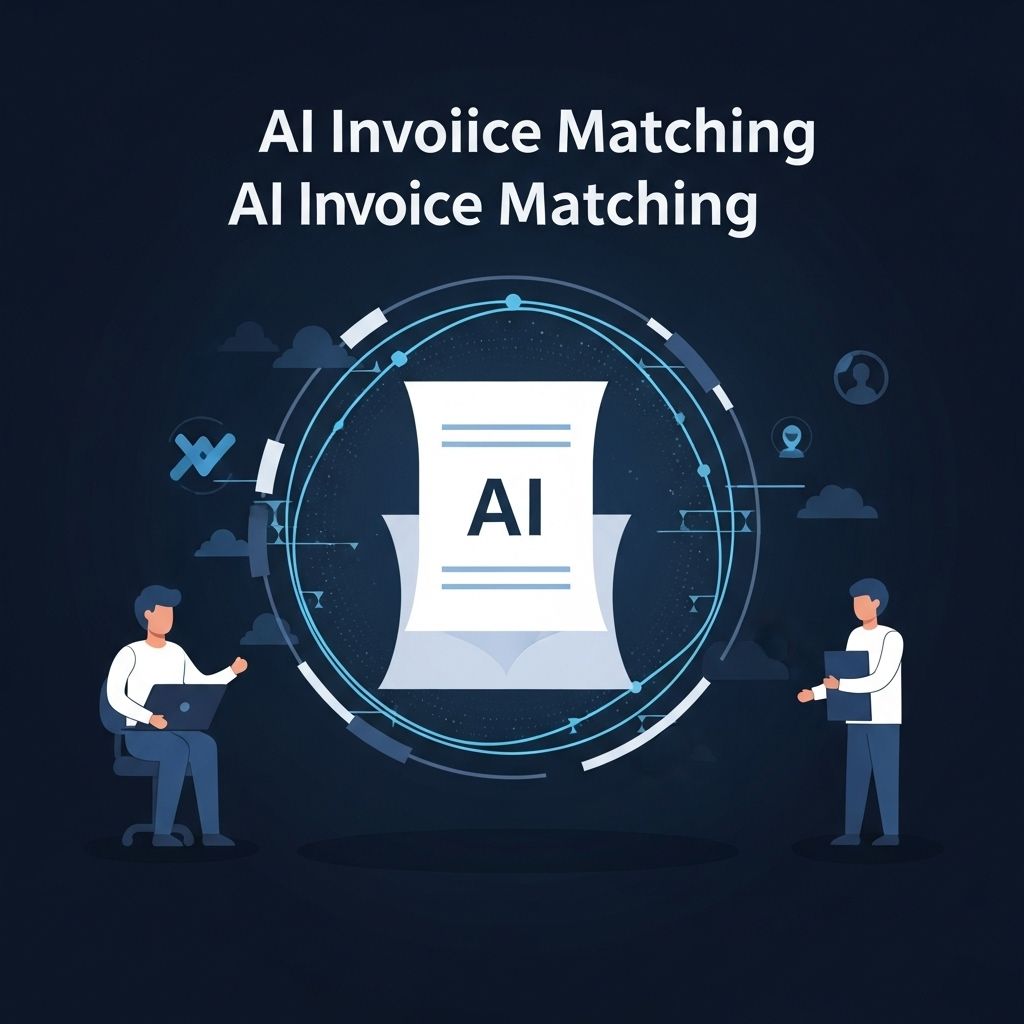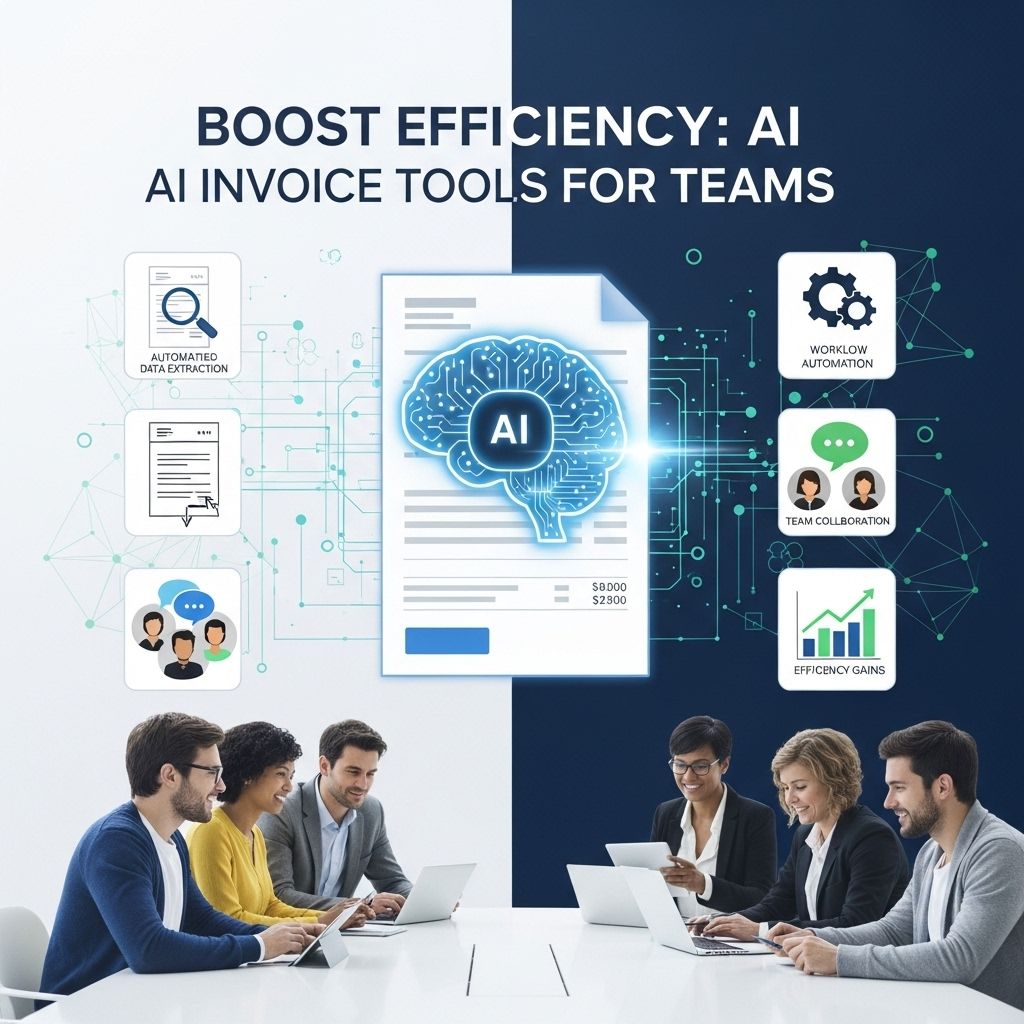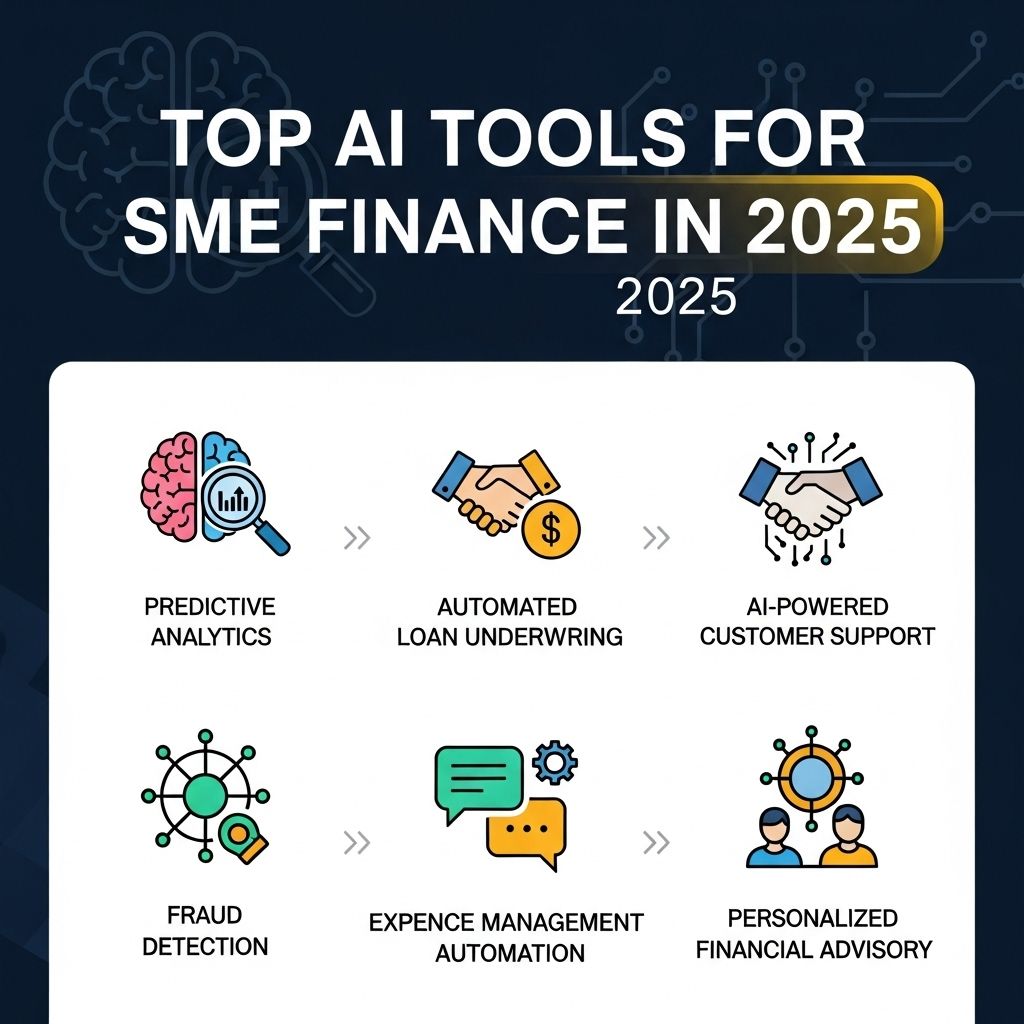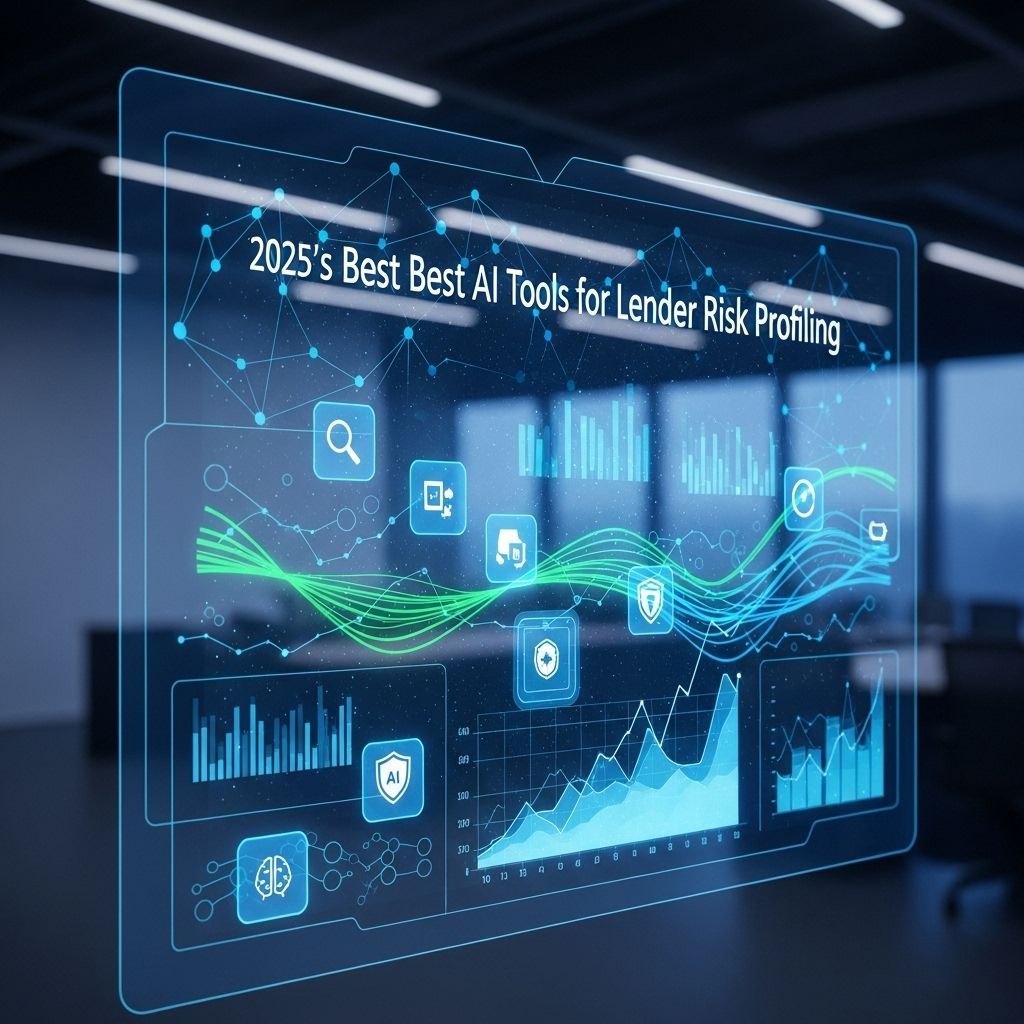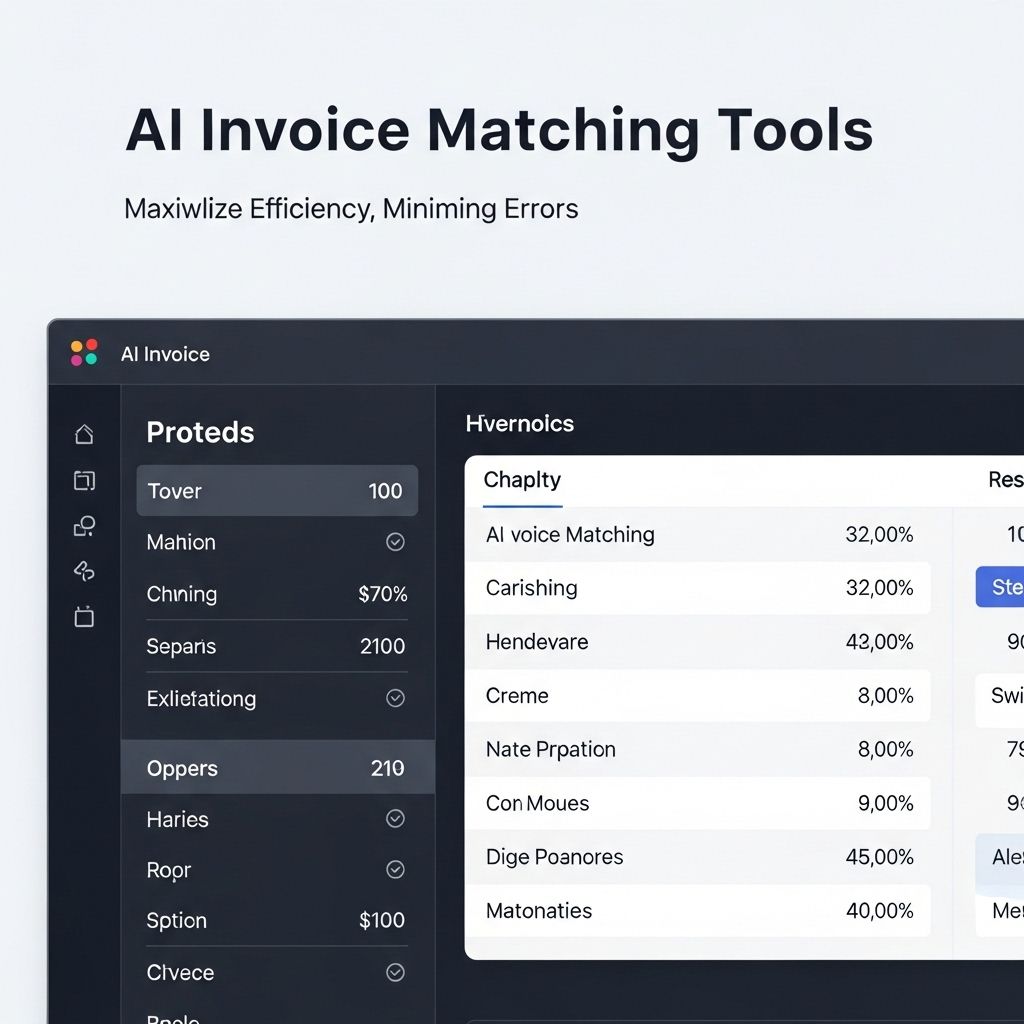Unlocking AI Risk Profiling for Lenders
Explore how AI risk profiling can transform lending processes, enhance decision-making, and mitigate financial risks for lenders.

The rapid advancements in artificial intelligence (AI) have transformed various industries, one of the most significant being financial services. Within this sector, AI risk profiling has emerged as a pivotal tool for lenders, enabling them to make informed lending decisions while mitigating potential risks. This article delves into the intricacies of AI risk profiling, exploring its benefits, methodologies, and future prospects.
Table of Contents
Understanding AI Risk Profiling
AI risk profiling refers to the use of machine learning algorithms and data analytics to assess the creditworthiness of borrowers. By analyzing vast amounts of data, AI systems can identify patterns and predict potential risks more efficiently than traditional methods. This not only speeds up the lending process but also enhances the accuracy of risk assessments.
Key Components of AI Risk Profiling
- Data Collection: Gathering relevant data from various sources, including credit history, transaction records, and social media activity.
- Data Processing: Utilizing algorithms to clean and organize data for analysis.
- Risk Assessment Models: Developing predictive models that evaluate the likelihood of default based on historical data.
- Monitoring and Updating: Continuously analyzing new data to refine and improve risk assessments.
Benefits of AI Risk Profiling for Lenders
Implementing AI risk profiling offers numerous advantages for lenders, including:
- Enhanced Accuracy: AI models can analyze complex data sets to produce more reliable credit scores.
- Increased Efficiency: Automation of the risk assessment process allows for faster loan approvals.
- Cost Reduction: Minimizing manual labor and reducing overhead costs associated with traditional risk assessment methods.
- Personalized Lending: Tailoring loan products to individual borrower profiles, improving customer satisfaction.
Case Studies: The Impact of AI Risk Profiling
Let’s examine a few case studies showcasing how lenders have benefited from AI risk profiling:
| Lender | Implementation | Outcome |
|---|---|---|
| XYZ Bank | Implemented AI algorithms to analyze customer spending patterns. | Reduced loan defaults by 25% within the first year. |
| ABC Lending | Utilized AI for dynamic risk scoring based on real-time data. | Improved approval rates by 30% while maintaining risk levels. |
Challenges in AI Risk Profiling
While the benefits are substantial, AI risk profiling does come with its own set of challenges:
Data Privacy Concerns
With the collection of sensitive personal information, maintaining data privacy is paramount. Lenders must comply with regulations such as GDPR and ensure that customer data is securely stored and processed.
Algorithm Bias
A significant concern in AI systems is the potential for bias in algorithms. If historical data reflects societal biases, the AI may inadvertently perpetuate these biases in risk assessments. Continuous monitoring and adjusting of algorithms are essential to mitigate this risk.
Integration with Legacy Systems
Many lenders still rely on traditional systems that may not be compatible with modern AI solutions. The integration of new technology requires careful planning and investment.
The Future of AI Risk Profiling
As technology continues to evolve, the future of AI risk profiling looks promising. Here are some trends to watch:
Increased Adoption of AI Solutions
More lenders, from large banks to fintech startups, are expected to adopt AI for risk profiling as the technology becomes more accessible and cost-effective.
Enhanced Predictive Capabilities
Advancements in machine learning will enable lenders to develop even more accurate predictive models, reducing the likelihood of defaults and improving loan performance.
Focus on Ethical AI
The push for ethical AI development will lead to greater emphasis on transparency, accountability, and fairness in risk assessments.
Conclusion
AI risk profiling is revolutionizing the way lenders assess borrower risk, offering enhanced accuracy and efficiency compared to traditional methods. While challenges such as data privacy and algorithm bias persist, the future of AI in lending holds significant promise. As technology advances and more lenders embrace these solutions, we can expect a more streamlined and equitable lending process that benefits both lenders and borrowers alike.
FAQ
What is AI Risk Profiling for Lenders?
AI Risk Profiling for Lenders refers to the use of artificial intelligence technologies to assess and manage the risk associated with lending, including borrower creditworthiness and potential default.
How does AI improve risk assessment in lending?
AI improves risk assessment in lending by analyzing large datasets quickly, identifying patterns and trends that traditional methods may miss, and providing more accurate predictions of borrower behavior.
What are the benefits of using AI in risk profiling for lenders?
The benefits of using AI in risk profiling include enhanced accuracy in credit scoring, faster decision-making processes, reduced operational costs, and improved customer experience.
Can AI Risk Profiling help in reducing loan defaults?
Yes, AI Risk Profiling can help reduce loan defaults by identifying high-risk borrowers more effectively and allowing lenders to make informed lending decisions.
Is AI Risk Profiling compliant with regulatory standards?
AI Risk Profiling can be compliant with regulatory standards as long as lenders ensure transparency, fairness, and accountability in their algorithms and data usage.
What technologies are commonly used in AI Risk Profiling?
Common technologies used in AI Risk Profiling include machine learning algorithms, natural language processing, and predictive analytics to evaluate risks and trends in lending.

